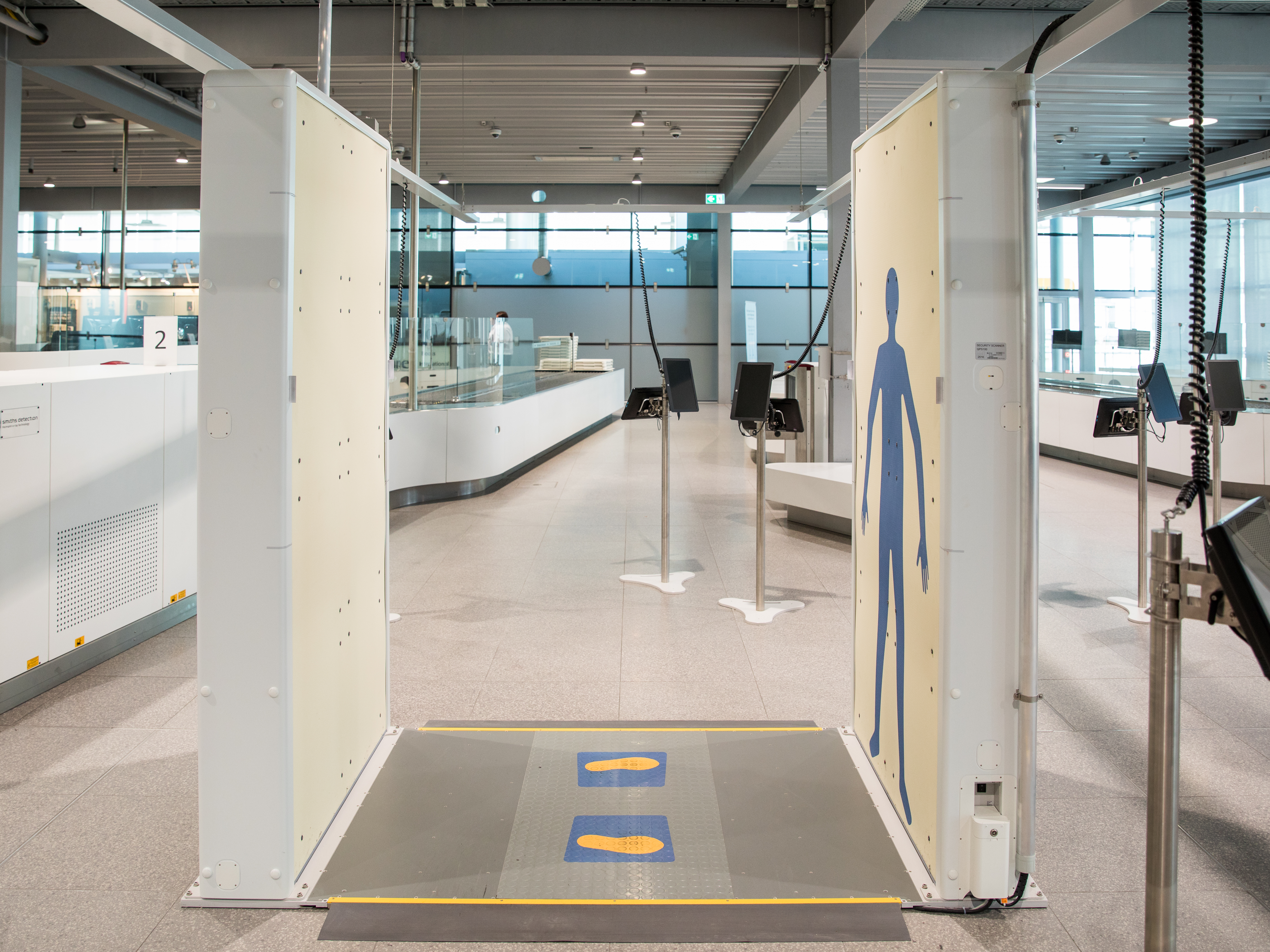 Using the Vulcan laser at the Central Laser Facility, the record for the highest energy in a single pulse of terahertz radiation has been achieved in the laboratory. The reason that such high signals of T-rays were observed is in large part due to the use of small, mm-sized solid metal converter foil targets. Principal Investigator Prof. David Neely, along with a group of scientists from the CLF and collaborators from China led by Dr. Guoqian Liao (the Chinese Academy of Sciences and the Shanghai Jiao Tong University) and UK scientists from the University of York and Strathclyde, obtained the incredible pulse during their experiment that was looking into multi-millijoule coherent terahertz bursts from picosecond laser-irradiated metal foils.
Using the Vulcan laser at the Central Laser Facility, the record for the highest energy in a single pulse of terahertz radiation has been achieved in the laboratory. The reason that such high signals of T-rays were observed is in large part due to the use of small, mm-sized solid metal converter foil targets. Principal Investigator Prof. David Neely, along with a group of scientists from the CLF and collaborators from China led by Dr. Guoqian Liao (the Chinese Academy of Sciences and the Shanghai Jiao Tong University) and UK scientists from the University of York and Strathclyde, obtained the incredible pulse during their experiment that was looking into multi-millijoule coherent terahertz bursts from picosecond laser-irradiated metal foils.
The Chinese visitors, a mix of PhD students, doctors and professors came over to the CLF on the Newton Fund, a UK government funding scheme that was set up to promote and ease the establishment of international collaborations. The CLF is collaborating with Chinese, Indian and South African scientists via the Newton fund through CLF scientists David Neely, Rajeev Pattathil and Tony Parker. These long-term partnerships are bringing mutual benefit of new ideas, outlooks and minds shared back and forth between us and our international relations.
In this experiment, as part of a long term series of planned experiments, the team focussed on developing their understanding of how to achieve the brightest terahertz pulse possible using our own Vulcan Laser facility. This effort was in the hopes to eventually move these methods towards a more applications focussed route.
Terahertz are already used in tech such as bio-imaging hardware and safety scanners – the most recognisable example of which might  be the full body scanners you often find in airport security. Terahertz are fantastic for this type of application due to the fact that they are effective probes whilst being non-ionizing. However, in this experiment, the team used exceptionally powerful versions of this type of “scanning" ability to take a closer look into the very extremes of physics.
be the full body scanners you often find in airport security. Terahertz are fantastic for this type of application due to the fact that they are effective probes whilst being non-ionizing. However, in this experiment, the team used exceptionally powerful versions of this type of “scanning" ability to take a closer look into the very extremes of physics.
To read the PNAS article, click here.
Top photo: Group picture of the experimental team. Image credit, Helen Towrie, CLF.
Bottom photo: Source
